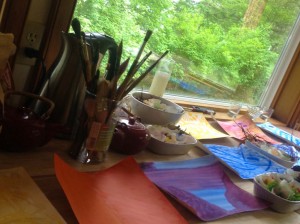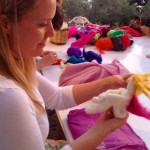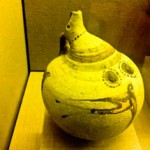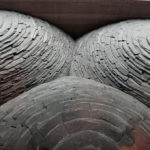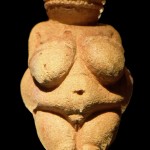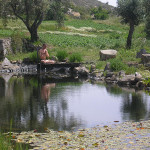Not everything is Art
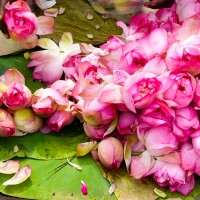
The term ‘Art’ is one of the more fluid terms so frequently used nowadays.
Like many other deep and meaningful terms, such as Spirituality, Meditation and Divinity, the term Art has lost much of its true depth in the common generic way of speaking. Too often, this term is carelessly misused and misunderstood, diluted and reduced to reflect pretty much anything.
What is not ‘Art’
No, Not everything is Art, actually most things aren’t art. If everything could be described as Art, the very term would have absolutely no meaning, whatsoever.
‘Art’ is a collective name given to creative work made with an intention to express and connect to something real. Popular assumptions that everything is art, which may be made with positive intentions, take away the significant value that stands behind this word.
Not all personal expressions are art and not all creative work is art. A person screaming, a baby crying and a dog barking are all different ways through which expression is made, but clearly, these all have no connection with art. Furthermore, creative work made with connections to negative, distorted or empty purposes is nothing more than a form of emotional release, a childish call for attention, or simply mental babbling.
Harmony
Art, on the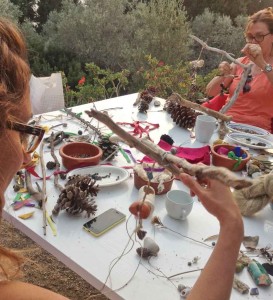 other hand, has a primal connection and dialogue with harmony, beauty and inspiration. In its pure form, it uplifts and helps create a bridge and fruitful collaboration with creation as a whole. Its essence is governed by laws of balance, which may be challenged or manipulated, yet they are fundamentally weaved in and addressed.
other hand, has a primal connection and dialogue with harmony, beauty and inspiration. In its pure form, it uplifts and helps create a bridge and fruitful collaboration with creation as a whole. Its essence is governed by laws of balance, which may be challenged or manipulated, yet they are fundamentally weaved in and addressed.
Attempting to negate the basic laws that apply within the field of art would be a result of ignorance or due to a refusal to see that the human senses, as well as the human emotional system can be measured and understood, to a very large degree.
Harmony and disharmony have rules – not any combination of musical notes will sound agreeable to the human ear, not any combination of shapes and colors can create a pleasing visual. The facts that these laws affect us, that they can be studied and influenced, must be respected and related to in and through art. Perhaps, a false romantic ideal may prefer to see harmony as merely a matter of chance, luck or some intervention of grace. While all these factors do indeed play a significant and critical rule in art, they all work with and through the physical law of harmony and order.
Artwork vs. Product
As one attempts to create art, the aim can never be exclusively to make a product – be it a painting, a sculpture, a song or a play. The soul of art would have been long gone if that would have been the case.
Obviously, mass production of thousands of Buddha sculptures or delicately decorated pots is never seen as creative art expression, but rather manufacturing of a product. Similarly, when one comes to create, there must be more than merely an act of making, for Art to be born. And so, if we carefully inquire, we discover and find that what makes art, art, is the presence and intention of the artist.
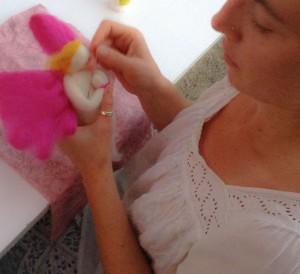 Truth
Truth
Looking at classical artwork of any field – they all converse with pure essence of grace, beauty and philosophy. The depth of their work reflects their individuality or culture, and most likely both their individuality and their culture. The artist uses the inborn desire to create, in order to connect and express depth and meaning.
Creative work cannot be separated from the purpose of connecting. Be it an honest desire to connect inwards – for instance to connect to one’s feelings, or sense of self – or a wish to contact to another person or sense of community, place or religion. It could be a longing to connect to nature and that which is eternal, or to divinity or divine essence. Real creative purpose must have someone there who is attempting to connect something. The deeper that “someone” is, and the deeper that “something” that they are attempting to connect with – the deeper the art. Searching for depth and meaning through creative expression is legitimate. One, who is internally more developed and mature, will be able to express more deep and meaningful artwork.
Combining the base of personal development with inherited talent, cultivated skill and imagination, expertise and practice, together with the ‘X factor’ of fortune and grace, all contribute and determine the ability of a creative expression to be made into a masterpiece.
All images were taken in Meditative Art retreat from around the world

